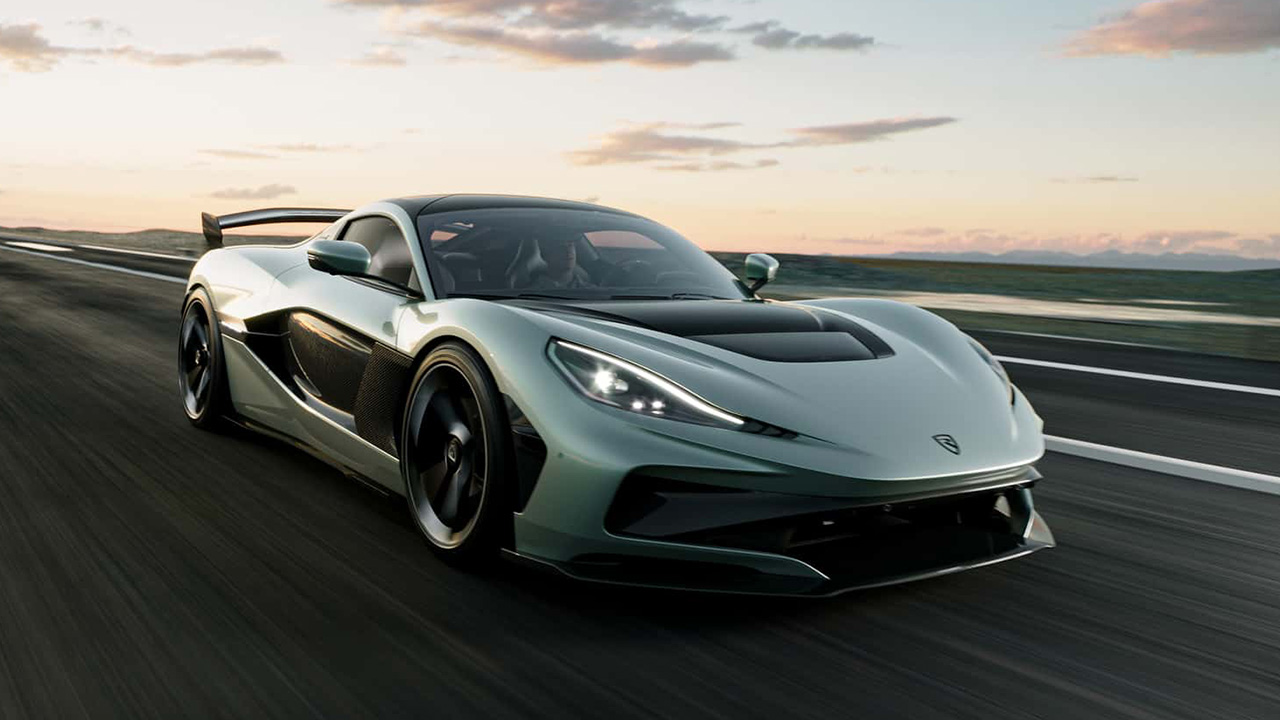The Nevera R packs a whopping 1,989 hp (2,017 PS) from its 108 kWh battery. Rimac cut 35 kg (77 lbs) from the original Nevera, bringing the R's weight down to 2,277 kg (5,020 lbs). Only 40 units will be made, each costing €2.3 million ($2.53 m) plus taxes.
While the 0-60 mph and 0-100 km/h time stays the same at 1.74 seconds and 1.81-second respectively, the Nevera R improves on other acceleration figures. It now hits 124 mph (200 km/h) in 4.38 seconds and 186 mph (300 km/h) in 8.66 seconds. Top speed is electronically limited to 217 mph (350 km/h), but Rimac will unlock 256 mph (412 km/h) at special events.
Mate Rimac, the company's founder, explained the reasoning behind the R variant:
"When we developed the Nevera, an important part of the brief was that it should be a Grand Tourer – we made sure it was spacious, comfortable and finely balanced between thrilling and accessible. But we're relentlessly tweaking to customers' desires, and many were looking for a car that really emphasized the Nevera's cornering ability."
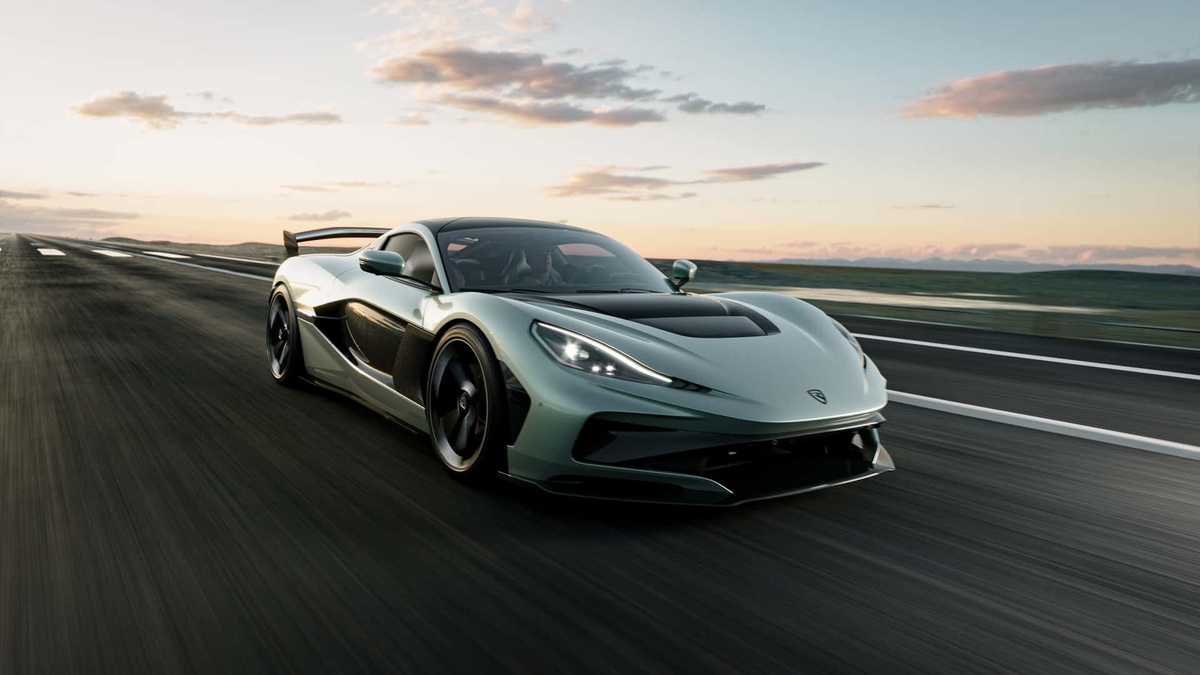



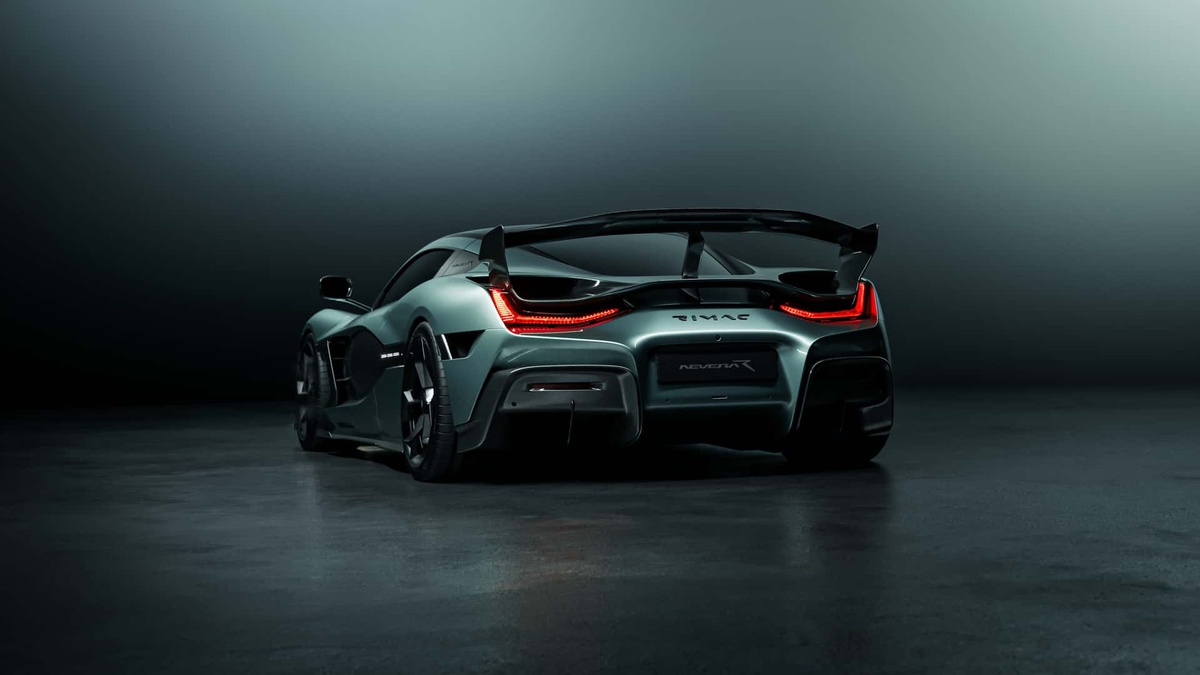
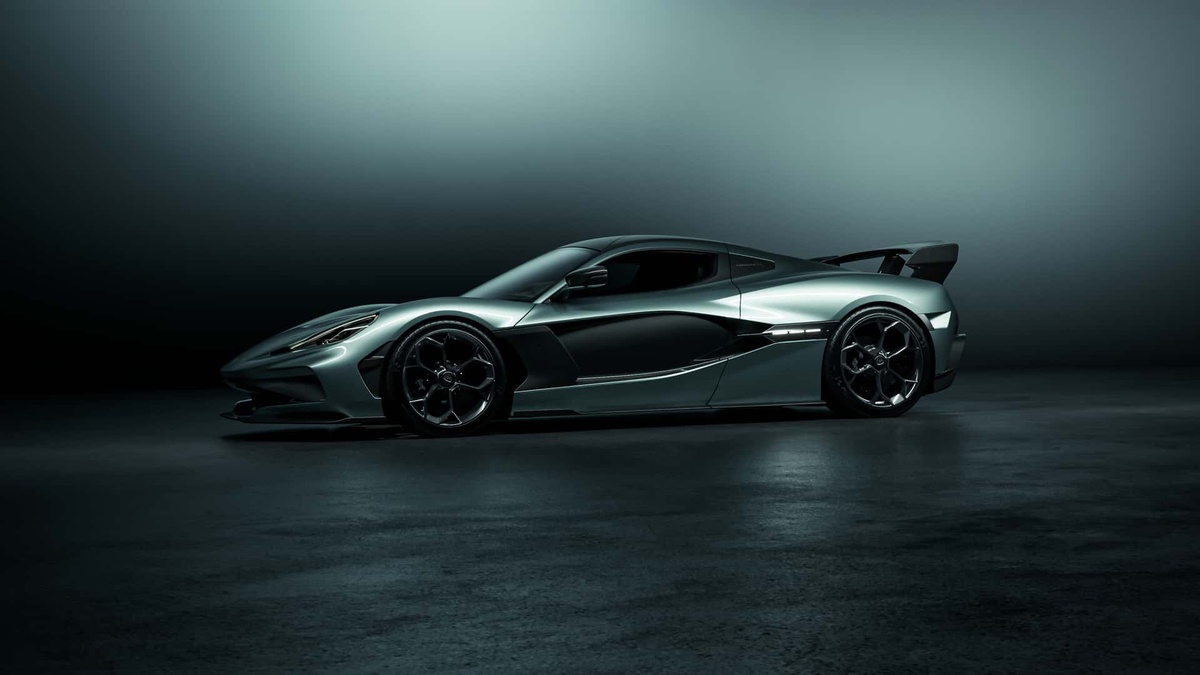
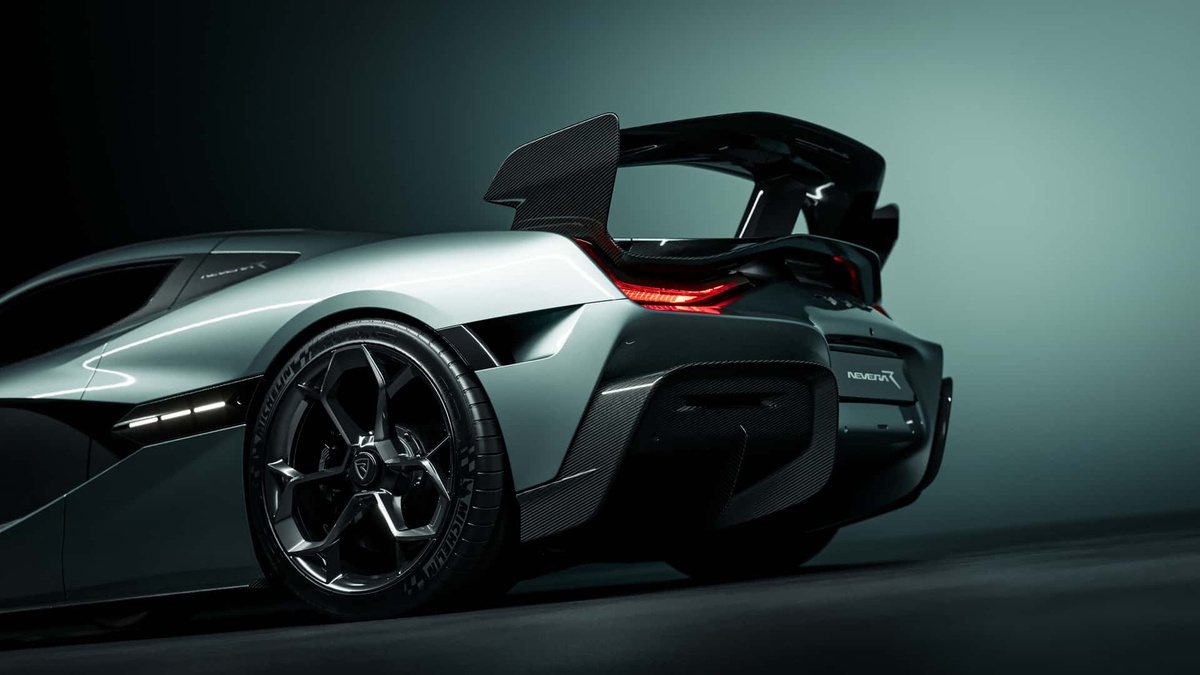
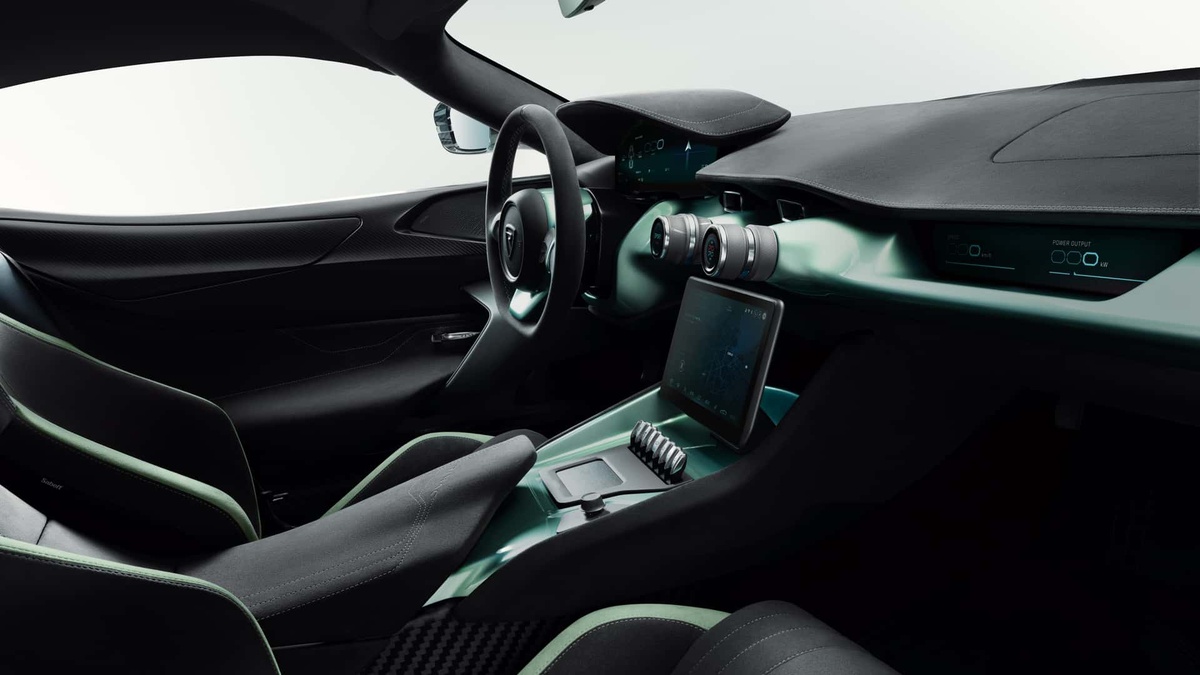

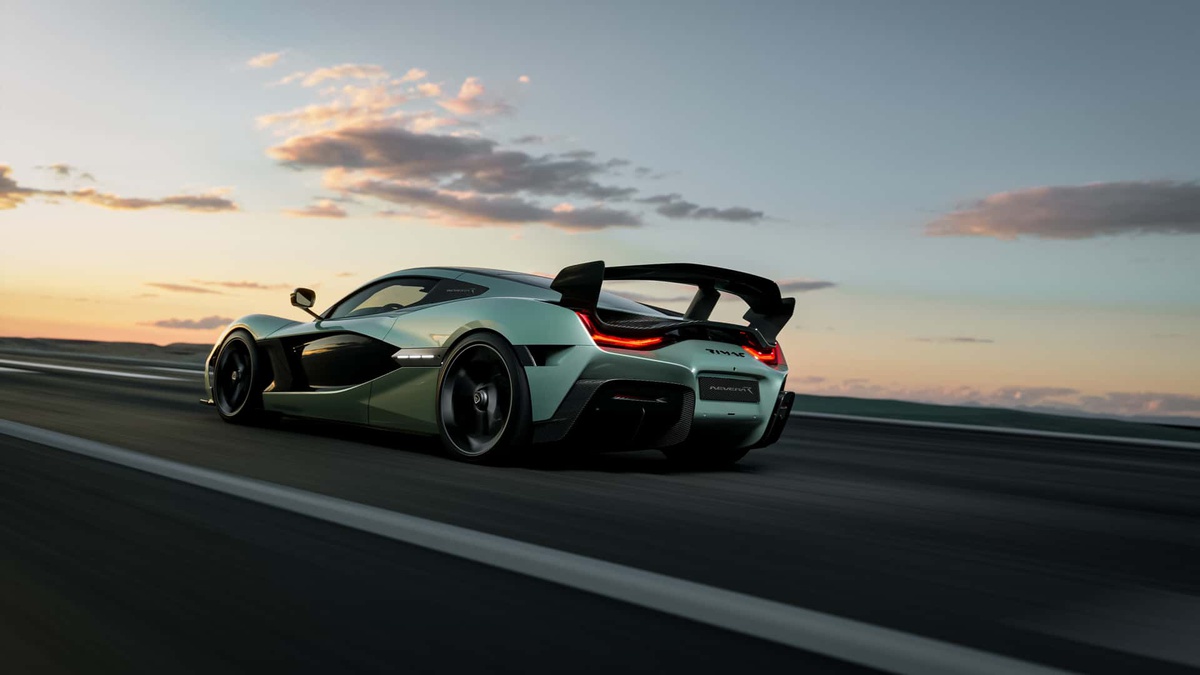
Rimac Nevera R
To boost handling, Rimac fitted the R with Michelin Pilot Sport Cup 2 tires on 20-inch front and 21-inch rear wheels. The car got upgraded carbon brakes with a silicone matrix layer, modified torque vectoring software, and increased negative camber in the suspension.
Aerodynamics saw major improvements too. A fixed rear wing and new diffuser increased downforce by 15% to 400 kg at 217 mph (350 km/h). These changes also boosted efficiency by 10% and lateral grip by 5%. The result? The Nevera R lapped Porsche's Nardo test track 3.8 seconds faster than the standard model.
Visually, the R sports a bigger clamshell hood up front, giving it a wider, lower, and more modern look. These tweaks aim to deliver a rawer, more emotional driving experience.
The Nevera R will almost certainly break the seven-minute barrier on the Nürburgring track and possibly challenge the overall record holders. We'll just have to wait and see.
Source: Rimac
